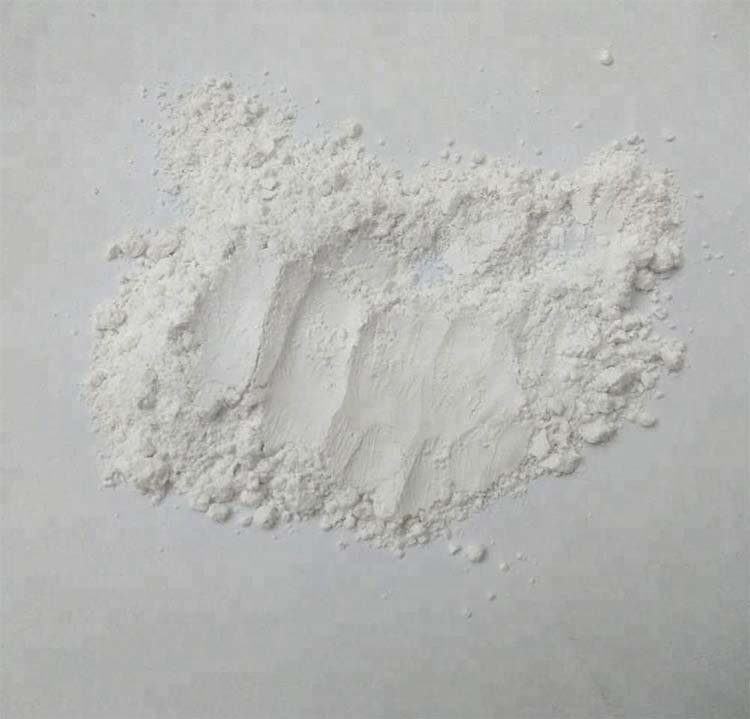Lithopone is a white pigment composed of a mixture of barium sulfate and zinc sulfide. Due to its unique properties, it has a wide range of applications in various industries. When combined with titanium dioxide, it enhances the performance and versatility of pigments, making it a popular choice for a wide range of applications.
Lithopone is widely used in manufacturing, especially in the production of paints, coatings and plastics. Its high refractive index and excellent hiding power make it an ideal pigment for achieving opacity and brightness in paints and coatings. Additionally, lithopone is known for its weather resistance, which makes it suitable for outdoor applications such as architectural and marine coatings.
In the field of plastics, lithopone is used to impart whiteness and opacity to various plastic products. Its compatibility with different types of resins and its ability to withstand high temperatures make it a valuable additive in the plastics industry. Additionally, the use of lithopone in plastic enhances the overall aesthetics of the product.
Lithopone’s applications extend beyond manufacturing and into papermaking. This pigment is used in the production of high-quality paper to enhance its brightness and opacity. By incorporating lithopone into the papermaking process, manufacturers can achieve the desired whiteness and opacity levels in the final product to meet the diverse needs of the printing and publishing industry.
In addition, lithopone has found its way into the construction industry, where it is used in the formulation of building materials such as concrete, mortar and stucco. Their light-scattering properties help increase the brightness and durability of these materials, making them suitable for architectural and decorative applications. In addition, the use of lithopone in building materials increases their resistance to environmental factors, ensuring longevity and performance.
The versatility of lithopone pigments is also evident in the textile industry, where it is used in the production of textiles, fibers and fabrics. By incorporating lithopone into the manufacturing process, textile manufacturers can achieve the desired whiteness and brightness levels in the final product that meet the needs of the fashion and home industries.
In the field of printing inks, lithopone plays a vital role in achieving the required color intensity and opacity. Its compatibility with a variety of ink formulations and its ability to improve print quality make it the first choice for producing high-quality prints in the publication, packaging and commercial printing sectors.
In summary, lithopone’s widespread use in various industries highlights its importance as a valuable white pigment. Its unique properties, combined with titanium dioxide, make it an indispensable ingredient in the manufacture of paints, coatings, plastics, paper, building materials, textiles and printing inks. As the industry continues to evolve, the demand for lithopone is expected to grow, further cementing its position as a key ingredient in a variety of products and applications.
Post time: Jun-20-2024


